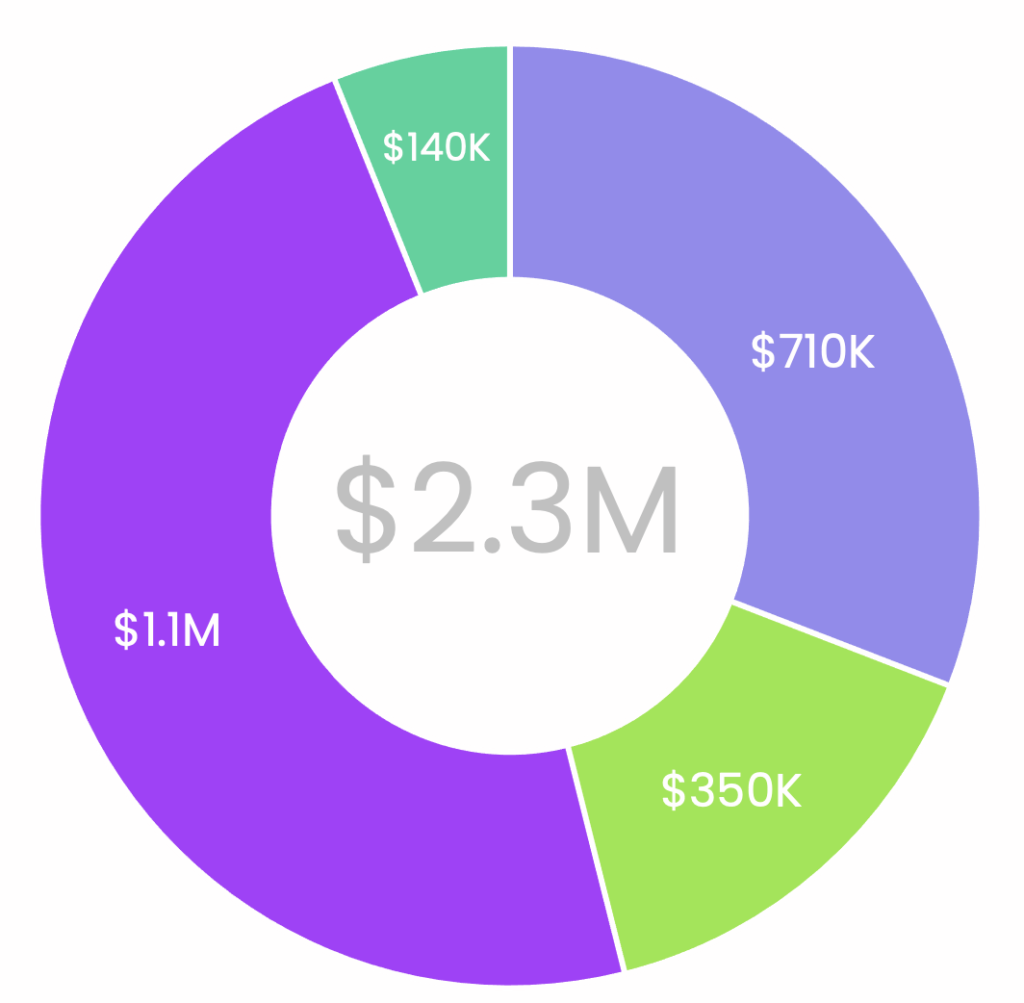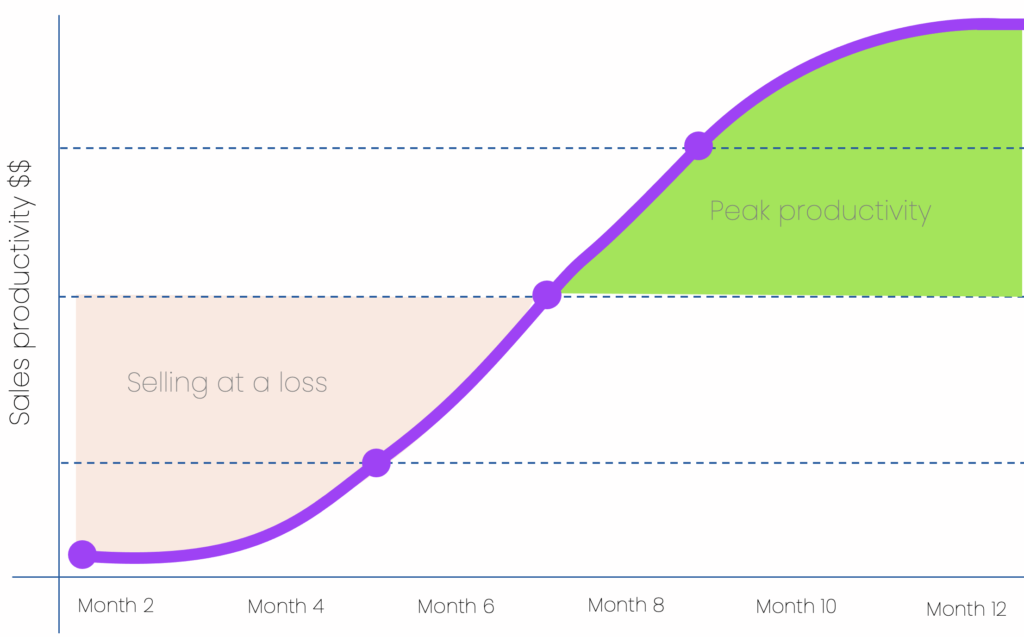Sales & Revenue Targeting
Build sales and revenue growth targets that are real, actionable, and achievable
Sales Targets (Historical/Aspirational)

Historical sales
Target sales
Sales by source (Mix to achieve goal)

New Logo
Retained
Expansion
Services
Sales Proforma (Time to productivity)

Sales proforma
In an effort to help you determine sales and revenue targets that are attainable we work with you to develop a sales proforma. A sales proforma provides a forward-looking view of potential sales and revenue, serving as a planning tool for sales organizations. It is a useful document for both internal planning and goal communication with stakeholders, offering a preliminary overview of sales expectations and the factors that may effect achieving sales goals. When considered holistically, a sales proforma provides the critical decision points that make up annual sales targets and the budget to support the goal.
Elements of the proforma
Developing annual sales targets is a crucial aspect of strategic planning for a company. To set realistic and achievable sales targets, a company should consider various factors that influence its sales performance and overall business environment. Here are key factors we consider and analyze in your proforma:
- Historical Performance: We analyze your company’s past sales performance to identify trends, growth rates, and areas of strength or weakness. Historical data provides a baseline for setting realistic targets and understanding the factors that have influenced sales in the past.
- Revenue by source (retained, expansion, new logo)
- Previous performance by sales person
- Revenue by Channel (online, partner, direct, VAR)
- Revenue by product/service
- Market Conditions: Assess the overall economic conditions, industry trends, and market dynamics. Consider factors such as market growth, competition, regulatory changes, and emerging opportunities or threats that could impact sales.
- Product or Service Portfolio: Evaluate the performance of individual products or services. Identify high-performing and low-performing offerings, and consider how changes in the product mix or the introduction of new products may affect overall sales.
- Customer Segmentation: Understand the different customer segments and their unique needs. Set targets for each segment based on market potential, customer behavior, and the company’s ability to serve those segments effectively.
- Sales Channels: Consider the effectiveness of various sales channels, including direct sales, online sales, distribution partners, and others. Assess the potential for growth in each channel and allocate resources accordingly.
- Sales Team Capacity: Evaluate the capabilities and capacity of the sales team. Consider factors such as the size of the sales force, their skillsets, training needs, and the effectiveness of sales management. Ensure that the sales team is appropriately equipped to achieve the set targets.
- Budget and Resources: Assess the budget available for sales and marketing activities. Consider resource constraints and allocate budgetary resources strategically to support the achievement of sales targets.
- Market Research and Customer Feedback: Use market research and customer feedback to understand customer preferences, expectations, and satisfaction levels. Align sales targets with the company’s ability to meet customer needs and expectations.
- External Factors: Consider external factors that may impact sales, such as changes in technology, demographics, or global economic conditions. Stay informed about factors that could affect the overall business environment.
- Seasonality and Trends: If applicable, account for seasonal variations in sales and industry trends. Adjust annual targets to accommodate for periods of increased or decreased demand.
- Collaboration with Other Departments: Work closely with other departments, such as marketing, finance, and operations, to ensure alignment between sales targets and overall business objectives. Collaboration can help ensure that sales goals are realistic and achievable within the broader organizational context.
By carefully considering these factors, a company can develop annual sales targets that are realistic, achievable, and aligned with its strategic objectives. Regularly reviewing and adjusting these targets based on changing circumstances is also important for maintaining agility and responsiveness in a dynamic business environment.
